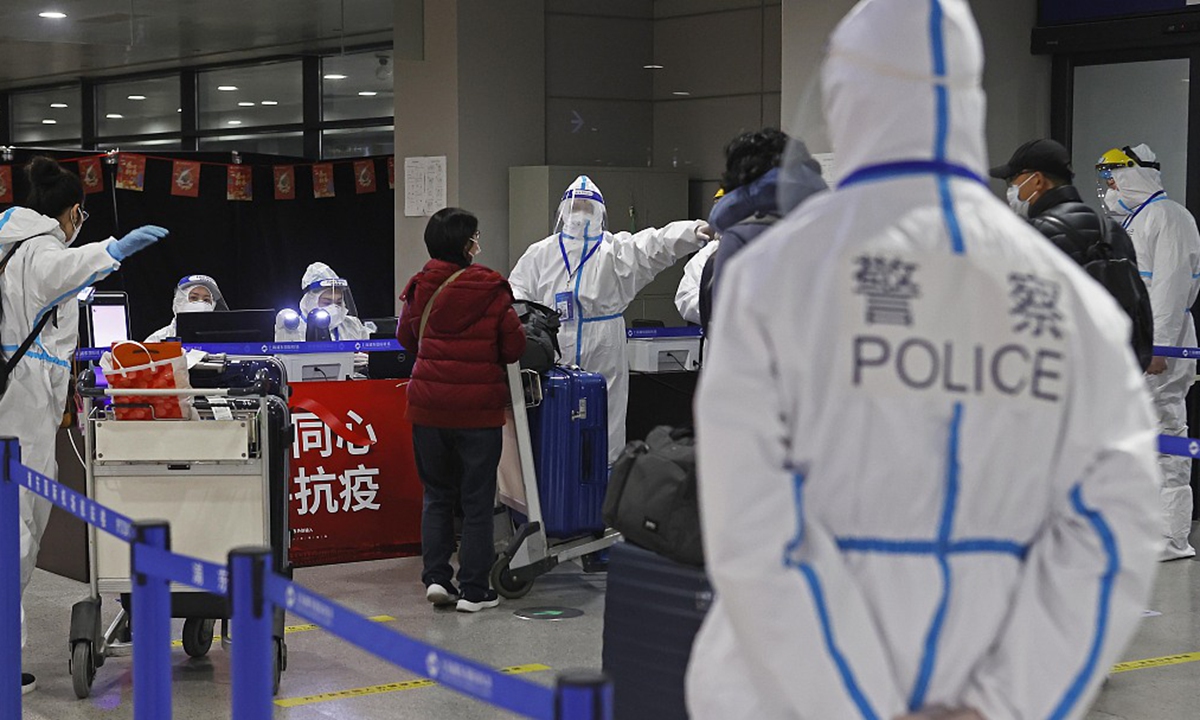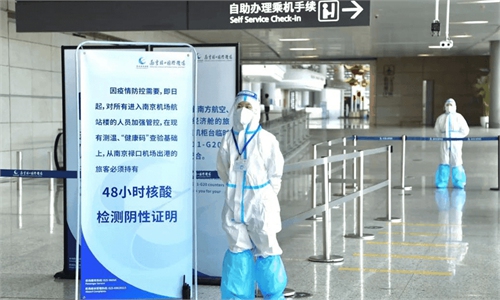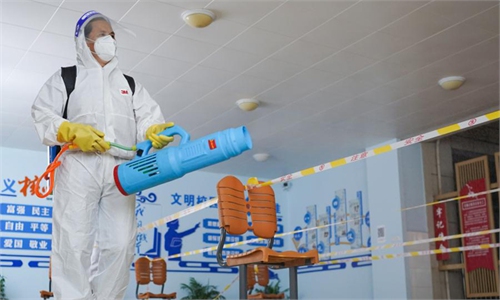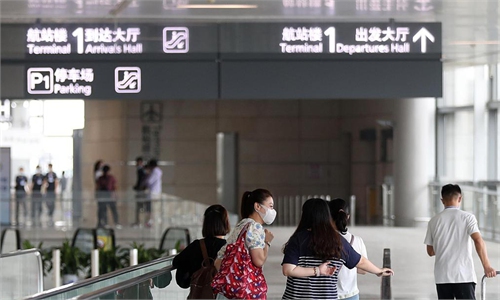Track record checking platform resume to normal use after failing provide service as overloaded amid latest COVID-19 surge in China

Photo: VCG
China's national track record checking platform has resumed to normal use after failing to provide checking services on Monday, given that the platform has received surge service request and go far beyond the carrying capacity amid latest COVID-19 resurgence in at least 18 provinces in the country.
The track record checking platform has resumed services on Monday afternoon after a malfunction that lasted several hours on Monday morning, according to a notice released by the service provider China Academy of Information and Communications Technology (CAICT) on its official WeChat account.
The service provider explained that "recently, local confirmed cases have appeared in many places of the country, and the service request volume of track record has been increasing rapidly in a short period of time, far exceeding the carrying capacity of the system, which has affected its operation."
Chinese health authorities reported 55 new confirmed COVID-19 cases across eight provinces on Sunday, 40 from East China's Jiangsu, 7 from Central China's Hunan. A total of 44 new asymptomatic cases were also reported on Sunday, mainly from flood-hit Zhengzhou in Central China's Henan Province.
The number of medium- and high-risk regions across the country rose to 117 as of Monday afternoon, of which 113 are medium-risk regions and four are high-risk regions including Dehong Prefecture of Yunnan, Nanjing of Jiangsu and Zhengzhou of Henan.
As of Sunday, at least 27 cities in 18 provinces had reported more than 300 confirmed cases in recent days, including Beijing, Jiangsu and Sichuan, the Global Times found.
The track record checking platform, which provides service for 1.6 billion phone users across China, can help local epidemic prevention and control workers to verify people's travel history within 14 days, including domestic cities and other countries or regions where the person has stayed for more than four hours.
Chinese authorities require citizens to present their health codes or track recording codes when enter into public places and crowded sites, such as airports, parks, cinemas, shopping malls, campuses and restaurants, allowing officials to quickly identify high risk individuals or venues.
Four different colors are used to present the risk of the code holder, red, orange, yellow and green.
A red code represents confirmed or suspected COVID-19 patient, and orange code means the code holder is a close contact of a COVID-19 confirmed or suspected patient. For people who returned from 41 countries and regions overseas including the US, the UK, Spain, Italy, Russia, etc., their code will be yellow, and for people with low risk ,their default code is green. .
Global Times



